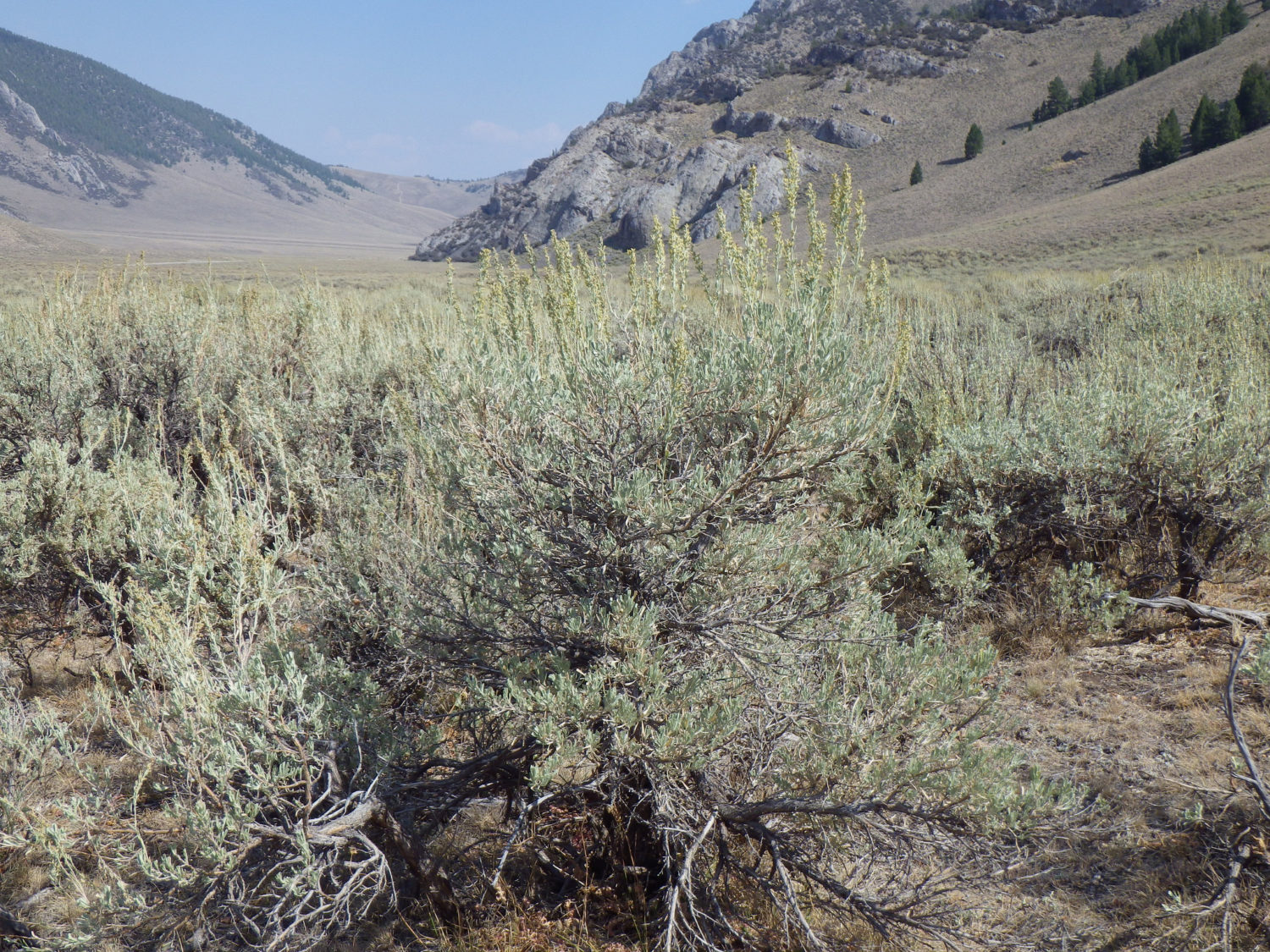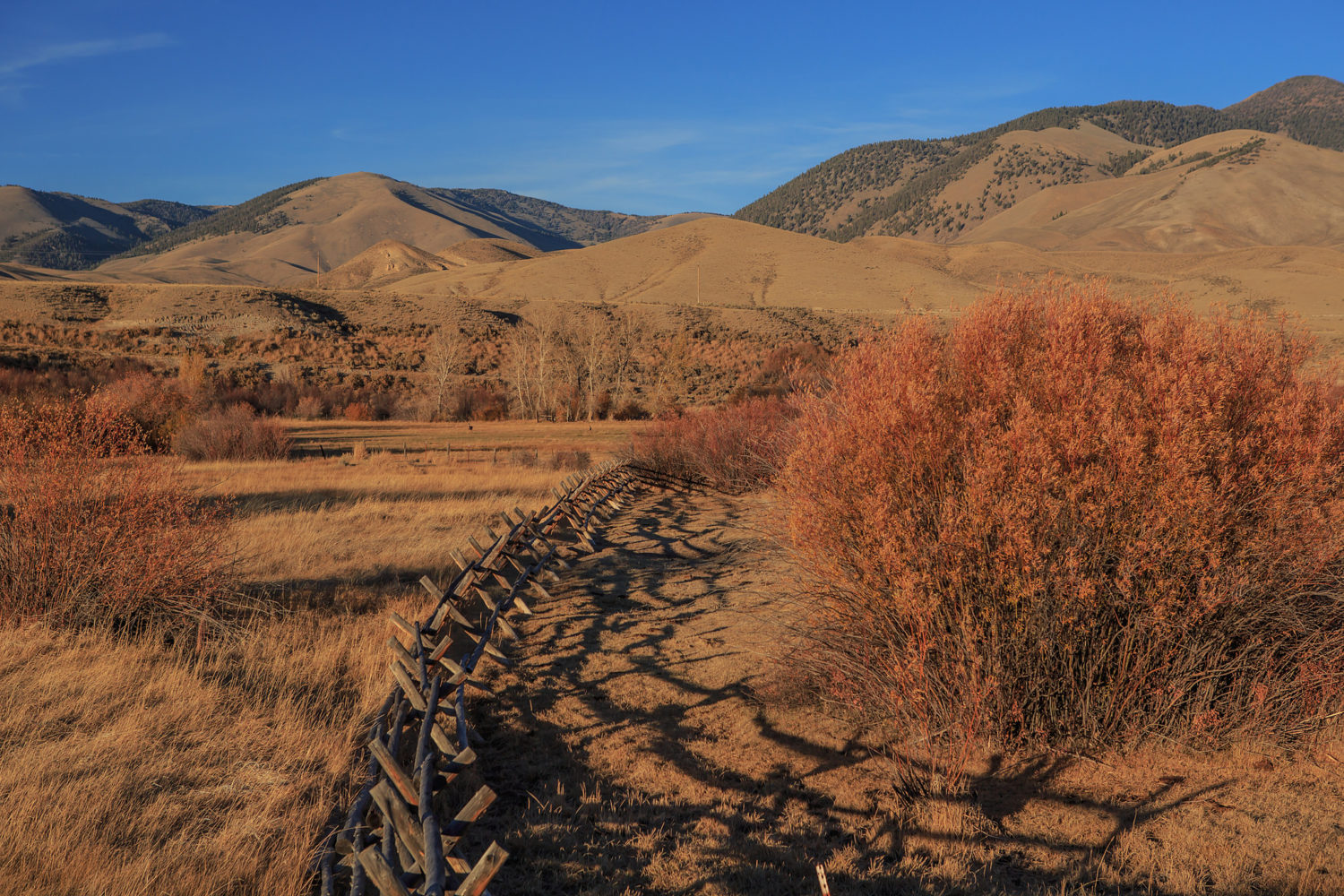Our freedoms, public lands, and outdoor heritage provide the foundation for unique opportunities and experiences found only in America
Independence. Liberty. Freedom. These powerful words and concepts are inherent in the DNA of every American. But nowhere are they felt more viscerally than in the outdoors.
As kids, we learn about the Founding Fathers and the “Spirit of 76.” We swell with pride when we think about the sacrifices made in our nation’s history and this grand experiment called the United States of America. There is no other place like it in the world.
This holds true for our outdoor legacy and hunting and fishing traditions as well. Nowhere else offers the opportunity for everyone to pursue the happiness felt by getting outside and far afield to explore, hunt, fish, and experience our natural wonders. Going back through our history—from those who first settled on our shores, to the pioneers who moved west, to the modern-day sportsmen and women who take on the challenges of the backcountry—testing oneself against nature is part of who we are.
More than one hundred years ago, our 26th president turned out to be a force of nature. Theodore Roosevelt spoke often about the values of living a “strenuous life” and a “life of the open.” We have him and his vision to thank for establishing much of our current public lands system and the fundamentals of conservation that help us keep those lands thriving.
The basic principles of the North American model of conservation and wildlife management establish the democracy of hunting and maintain that our fish and wildlife are a public resource belonging to all Americans. Nowhere but in the U.S. does one have the freedom to just go hunt or fish on some 640 million acres of public lands that belong to all of us.
That is special and worth celebrating.
Nowhere are American independence, liberty, and freedom felt more viscerally than in the outdoors Share on XRecently, I have been fortunate to spend some time traveling, during which the unique value of our natural resources and privilege of access really hit home for me. I crossed off a bucket list item by taking an epic road trip from Florida to Las Vegas, and as I drove this great country, the vastness and variety of landscapes and resources we have—and how they shape our national character—made a distinct impression.
There is a striking dichotomy of seeing iconic natural wonders, like the Mississippi River or the Grand Canyon, juxtaposed with wonders of manmade ingenuity, like thousands of wind turbines on the plains west of Amarillo or the Hoover Dam. For the most part, we have tamed the land since our founding and discovered how to use the blessings of our vast natural resources to make this the most prosperous nation on Earth. With that prosperity comes a great responsibility to use these resources wisely, conserve them for future generations, and maintain some of the country’s most unique qualities—the abundance of our national public lands and fish and wildlife populations that make America so great.
There are those who have proposed selling off our public lands or transferring their ownership to make a quick buck, or because they don’t like how things are being run. Some have undercut our public lands by failing to provide government agencies with the proper financial resources, personnel, or leadership to effectively manage them. Both tactics are shortsighted and discount the great value these lands provide as the foundational infrastructure for a robust $887-billion outdoor recreation economy.
Each time we take to the woods or water, we are enjoying freedoms found in few other places in the world. On this Independence Day, l, for one, am thankful for that freedom and for our unique outdoor heritage. And, like the architects of our democracy and its conservation principles, I will not stand idly by as this independence is stripped back or chipped away.
You can support our heritage and safeguard the responsible management our public lands by signing the petition at sportsmensaccess.org.







Our American wildlife and natural lands need to be preserved and protected by all levels of government to ensure its beauty and sustainability for the future and for hunters.
AMEM !
I concur that our natural heritage, particularly our wildlands, substantially contributes to our nation’s uniqueness and quality of life. Efforts by sportsmen and conservation organizations such as TRCP are critical in ensuring our natural heritage is not compromised especially in today’s political climate of short sighted, selfish policies.